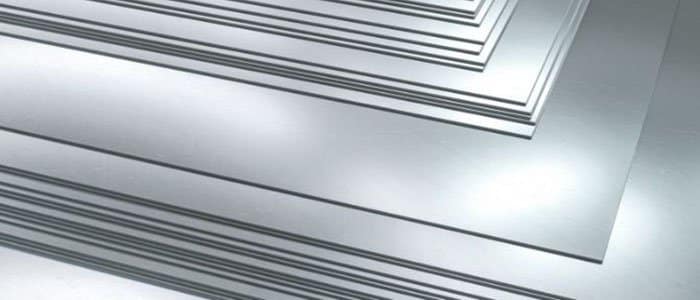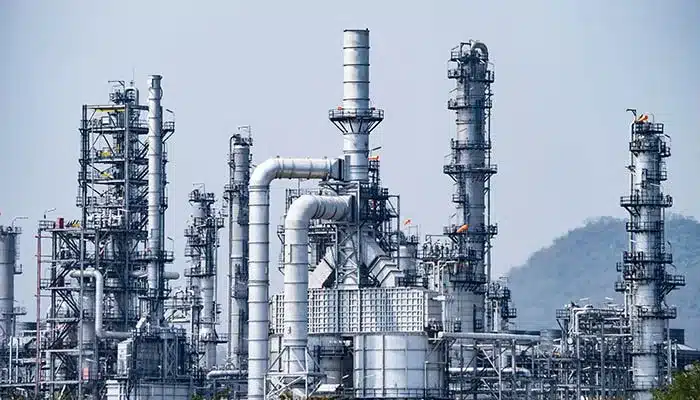Stainless steel pipe fittings are indispensable components in modern industrial and construction systems, renowned for their exceptional durability, corrosion resistance, and versatility. From critical fluid transport to structural support, these fittings ensure seamless operations across diverse sectors. This guide explores the primary types of stainless steel pipe fittings and their wide-ranging applications, highlighting why they remain the material of choice for demanding environments.
Key Types of Stainless Steel Pipe Fittings
Stainless steel pipe fittings come in various configurations, each designed for specific connection and directional needs in piping systems. The most common types include:
- Elbows:Used to change the direction of pipe flow, typically available in 45° or 90° angles. They are crucial for navigating around obstacles and designing efficient pipeline layouts.
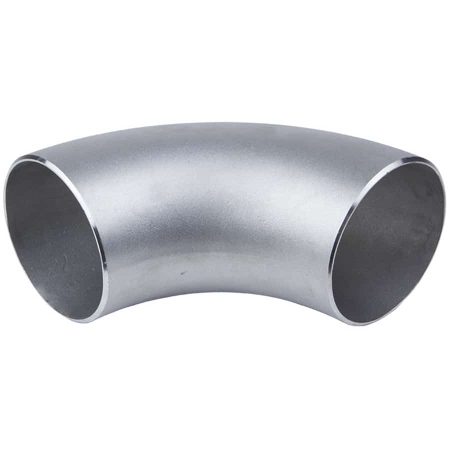
- Tees:Shaped like the letter “T,” these fittings allow the division or combination of fluid flow, enabling the creation of branch lines from a main pipeline.
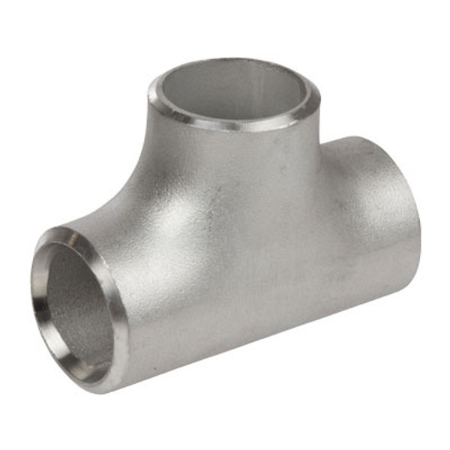
- Reducers:Essential for connecting pipes of different diameters. Concentric reducers maintain a centerline alignment, while eccentric reducers are used when alignment needs to be offset, often to prevent air or vapor traps.
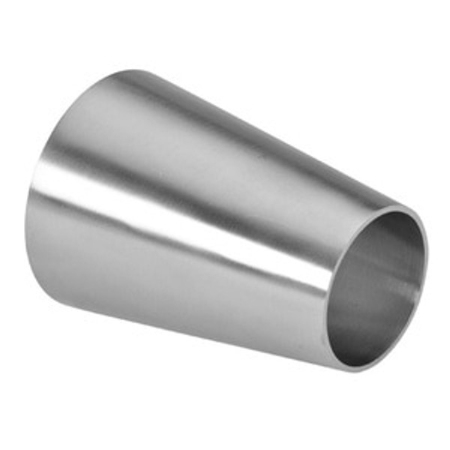
- Couplings & Unions:Used to join two pipes of the same diameter. Couplings provide a permanent connection, while unions allow for easy disassembly and maintenance of the pipeline section.
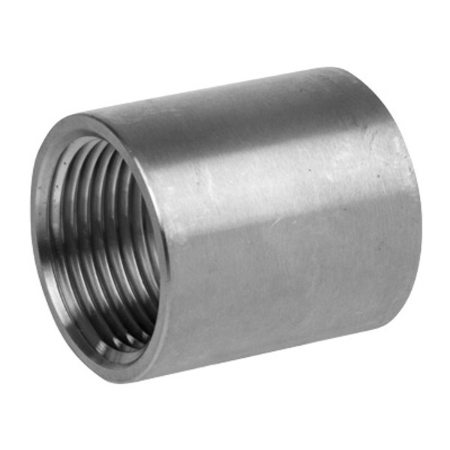
- Caps & Plugs:Used to seal the end of a pipe, preventing flow and protecting the pipe interior. Caps fit over the pipe end, while plugs fit inside.
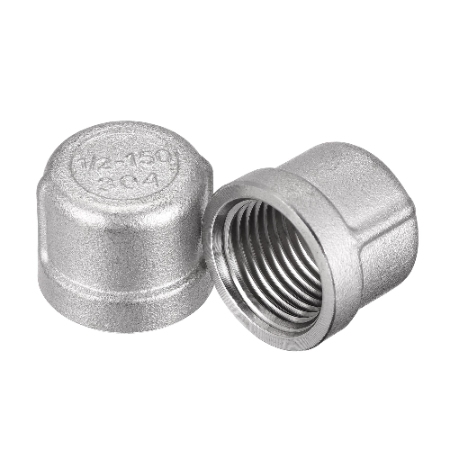
- Flanges:Used for connecting pipes, valves, pumps, and other equipment to form a piping system. They provide robust, leak-proof connections that can be easily disassembled.
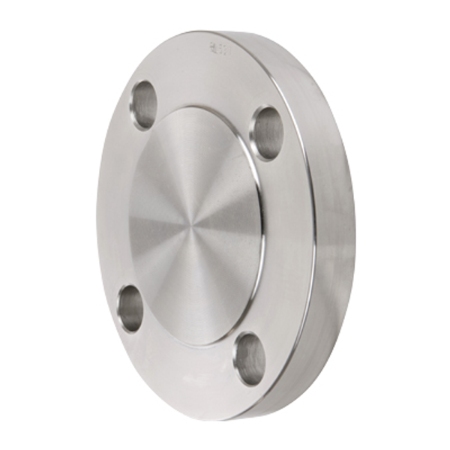
Core Applications Across Industries
The unique properties of stainless steel – outstanding corrosion resistance, high strength, excellent heat conductivity, ease of cleaning, and oxidation resistance – make its pipe fittings suitable for an incredibly broad spectrum of applications .
- Oil & Gas & Chemical Processing:In these demanding sectors, stainless steel fittings are vital for transporting corrosive fluids, gases, and chemicals safely and reliably. Their resistance to harsh chemicals and high-pressure environments is critical.
- Water Supply & Treatment:Stainless steel pipes and fittings are increasingly favored for municipal water systems, building plumbing (potable water), and wastewater treatment plants. Their corrosion resistance ensures water quality remains uncontaminated, and their longevity reduces maintenance costs significantly.
- Food & Beverage Processing:Hygiene is paramount. Stainless steel fittings are easy to clean and sterilize, resist bacterial growth, and do not impart taste or odor, making them ideal for processing lines, breweries, dairies, and bottling plants.
- Pharmaceutical & Medical:Similar to food processing, the medical and pharmaceutical industries require ultra-clean, non-reactive materials. Stainless steel fittings meet stringent sanitary standards for fluid transfer in drug manufacturing, laboratories, and hospital gas systems.
- Building & Construction:Beyond plumbing, stainless steel fittings are used in structural applications, architectural elements, and fire protection systems (sprinklers). Their strength, aesthetic appeal, and resistance to environmental corrosion make them suitable for both functional and decorative purposes.
- Power Generation & HVAC:Used in cooling systems, steam lines, and exhaust systems where high temperatures and pressures are common. Stainless steel’s heat resistance and durability are key advantages.
Why Stainless Steel Dominates
The widespread adoption of stainless steel pipe fittings stems from a combination of performance and practical benefits:
- Unmatched Corrosion Resistance:This is the primary advantage. Stainless steel withstands rust, pitting, and scaling from water, chemicals, and atmospheric exposure far better than carbon steel or other metals, ensuring long service life and system integrity.
- High Strength & Durability:Stainless steel fittings can handle high pressures, mechanical stress, and physical impact, making them reliable for critical infrastructure and heavy industrial use.
- Hygienic & Easy to Clean:The smooth, non-porous surface of stainless steel prevents bacterial adhesion and allows for thorough cleaning and sterilization, essential for food, beverage, medical, and pharmaceutical applications.
- Heat & Fire Resistance:Stainless steel maintains its strength at elevated temperatures and offers excellent fire resistance, crucial for power plants, refineries, and building safety systems.
- Long-Term Cost Efficiency:While the initial material cost might be higher than some alternatives, the extended lifespan, minimal maintenance requirements, and reduced risk of leaks or failures make stainless steel fittings a highly cost-effective solution over the system’s lifetime.
- Sustainability:Stainless steel is 100% recyclable, aligning with modern environmental goals and regulations in construction and industry.
Conclusion
Stainless steel pipe fittings form the backbone of reliable fluid and gas handling systems across industries. Their unmatched corrosion resistance, strength, and adaptability make them irreplaceable in demanding environments. For projects requiring precision-engineered stainless steel solutions, Daxun Alloy Co., Ltd. offers professional expertise and high-quality products tailored to your specific application needs. Selecting the right fitting type and material grade ensures operational safety, longevity, and cost-efficiency in any industrial setting.



